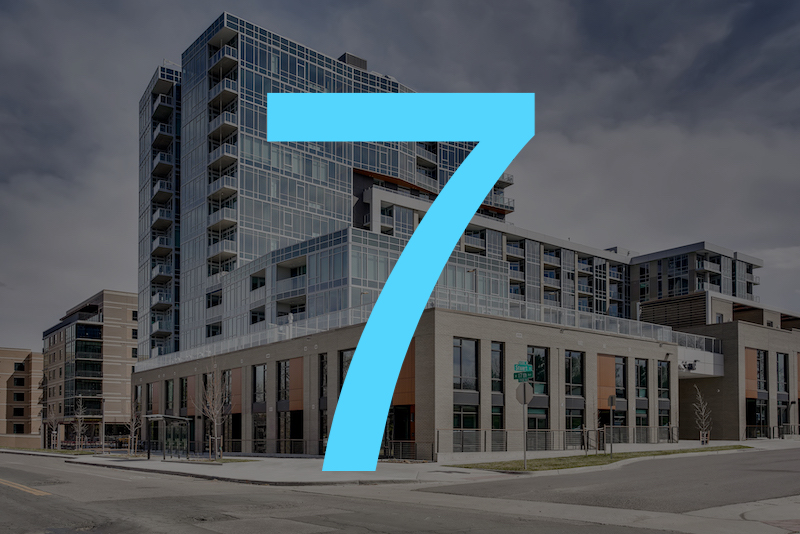1. The pillars of work (GBBN)
"The workplace will most certainly look different in the future, but how different it looks will be unique to every organization. There (still) is no one-size-fits-all solution."
2. 'Lakehouse' is the first multifamily project in Colorado to receive WELL Precertification (BD+C)
"new 12-story, 196-unit mixed-use condominium and rowhome community has become the first multifamily project in Colorado to earn WELL Precertification under the WELL Building Standard."
3. New NIBS report evaluates natural disaster mitigation strategies (BD+C)
"The document addresses strengthening buildings for flood, wind, wildfires, and earthquakes. It examines building code requirements, federal grants, and retrofit strategies. Its goal is to help communities, building owners, and representatives in the private finance, insurance, and real estate industries initiate a greater mitigation dialogue."
4. Death of the office (The Economist)
"As the pandemic leaves offices around the world empty, Catherine Nixey asks what was the point of them anyway?"
5. Sloan Publishes Building Commissioning Guide Outlining How to Prepare Commercial Restrooms Prior to Building Re-Opening from COVID-19 (Sloan)
"There are serious risks associated with prolonged system inactivity. Water that sits in plumbing lines for extended periods of time becomes stagnant, which could lead to elevated levels of lead and copper. This water also has the potential to contain little to no residual disinfectant, leading to elevated levels of bacteria and other microbiological contaminants."
6. Will You Want to Go Straight Back Into the Crowd? (New York Times)
"Planners once dreamed of cities with vast empty plazas and quiet streets. Post-pandemic, might they do so again?"
7. Report Addresses UV Technology in Fighting Coronavirus (Maintenance & Operations)
"In response to a wave of seemingly conflicting statements and opinions about the disinfection capabilities and safety of GUV (germicidal ultraviolet light), the Illuminating Engineering Society (IES) recently issued a report explaining GUV disinfection and its potential to safely reduce the transmission of SARS-CoV-2, the virus that causes COVID-19."
Related Stories
Market Data | Dec 2, 2020
Nonresidential construction spending remains flat in October
Residential construction expands as many commercial projects languish.
Market Data | Nov 30, 2020
New FEMA study projects implementing I-Codes could save $600 billion by 2060
International Code Council and FLASH celebrate the most comprehensive study conducted around hazard-resilient building codes to-date.
Market Data | Nov 23, 2020
Construction employment is down in three-fourths of states since February
This news comes even after 36 states added construction jobs in October.
Market Data | Nov 18, 2020
Architecture billings remained stalled in October
The pace of decline during October remained at about the same level as in September.
Market Data | Nov 17, 2020
Architects face data, culture gaps in fighting climate change
New study outlines how building product manufacturers can best support architects in climate action.
Market Data | Nov 10, 2020
Construction association ready to work with president-elect Biden to prepare significant new infrastructure and recovery measures
Incoming president and congress should focus on enacting measures to rebuild infrastructure and revive the economy.
Market Data | Nov 9, 2020
Construction sector adds 84,000 workers in October
A growing number of project cancellations risks undermining future industry job gains.
Market Data | Nov 4, 2020
Drop in nonresidential construction offsets most residential spending gains as growing number of contractors report cancelled projects
Association officials warn that demand for nonresidential construction will slide further without new federal relief measures.
Market Data | Nov 2, 2020
Nonresidential construction spending declines further in September
Among the sixteen nonresidential subcategories, thirteen were down on a monthly basis.
Market Data | Nov 2, 2020
A white paper assesses seniors’ access to livable communities
The Joint Center for Housing Studies and AARP’s Public Policy Institute connect livability with income, race, and housing costs.


















